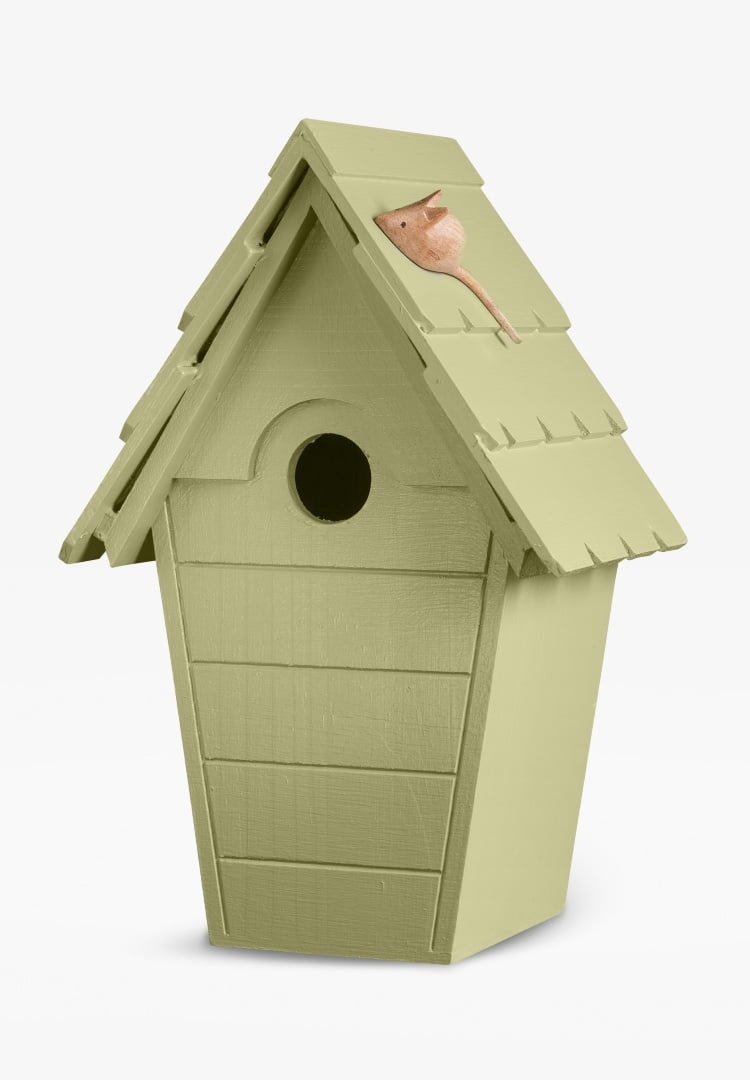Dog Walking FAQs
It depends.
If you’re a dog owner, you probably know that it’s important to walk your dog on a regular basis. They need exercise and mental stimulation to keep them happy and healthy, but sometimes life gets in the way. And that’s totally fine! Just make sure you find another activity for your pup that keeps them mentally stimulated and healthy, like playing fetch or going on long walks with the whole family.
How often should you take a dog on a walk?
It’s a question that many dog owners have asked themselves at some point. And the answer is… it depends! The exact number of walks your dog needs will vary depending on its age, temperament, and health condition. Generally speaking, though, most dogs will benefit from taking a walk at least once per day.
If you’re wondering how often to take your dog for a walk, here are some factors to consider:
* How old is your dog? Dogs under one year old need more frequent walks than older dogs do. Older dogs may only need one or two walks per day.
* What kind of life does your dog lead? If you’re in an apartment building with few outdoor areas, you’ll probably need to go out for more walks than someone who lives in a house with a big backyard.
* Is your dog overweight or obese? Overweight and obese dogs are more likely to develop health problems like arthritis and diabetes as they get older, so keeping them slim and active can help prevent those issues from developing! If you’re worried about whether or not your pup needs to lose weight, talk to your vet about it—they can help determine whether or not this is something worth addressing right away
The answer is: it depends.
Dogs have different needs, and if you’re not sure what your dog likes, you can’t be sure what’s best for them. Some breeds need more exercise than others. A big dog like a Labrador Retriever will need more exercise than a small dog like a Chihuahua. But even within the same breed, dogs can have different needs. Some might be more active than others; some might have longer legs and need more space to run around in!
So the best thing to do is talk with your vet about how much exercise your dog needs, and then make sure that you’re giving them enough of it each day. A tired puppy is a happy puppy!
How long you should walk your dog for each day depends on a few things.
First, how old is your dog? If you have an adult dog, then you don’t need to walk him or her for as long as you did when they were younger. As an adult dog ages, their metabolism slows down and they don’t need as much exercise.
Second, consider the size of your dog. Large dogs like German Shepherds and Great Danes usually need more exercise than smaller breeds such as Chihuahuas and Yorkies because they have larger bodies that require more energy to move around.
Third, consider whether or not your dog has any special needs (like arthritis) that might affect how much walking he or she needs each day.
How Often Should You Walk Your Dog?
When you’re trying to figure out how often you should walk your dog, there are a few factors to consider. On the one hand, it’s important not to overdo it, as overworked or exhausted dogs can become stressed and destructive. But on the other hand, some breeds need more exercise than others—and if your dog is one of them (for example, if they’re active indoors otherwise), then you may actually be neglecting them by not walking them enough. We’ll look at all of these factors below so that you can get an idea of what kind of walks will be perfect for your pup!
Our friends at Houghton Country have created a super useful visual showing the comparison between particular dog breeds walking requirements each day. It is vital that when choosing a dog, you are able to ensure that it has the required recommended daily walking to ensure your dog continues to stay fit and healthy. Take a look at the Houghton Country website to view their huge range of outdoor products, clothes, food and much more! Click Here. To download the high-resolution image below, please Click Here
Once a day, if they’re mostly sedentary
If your dog is mostly sedentary, you can walk her once a day. If she spends most of her time sitting around the house or lying in bed, it’s totally fine to go for walks less often. But if you do decide to take your dog out for long walks on a regular basis, make sure their exercise needs are met by increasing their daily activity level through things like chasing toys, playing fetch with balls and sticks, and running laps in the backyard. If you want to take them on long hikes that require vigorous physical effort on both your part and theirs—this will require significantly more time than just walking them around their neighbourhood block once a day!
Twice a day, if they get exercise indoors otherwise
If your dog is active, it’s best to get them outside for a walk about twice a day. But if they’re sedentary—like a couch potato—you may only need to take them out once or twice each week to keep their muscles in shape.
If you live in an apartment building and don’t have access to an outdoor area, you may want to consider getting an indoor treadmill so that when weather conditions are bad out there, at least you can get some exercise inside while the weather clears up!
Three times a day if they are active and like to run around the house
If you have an active dog, then three walks a day is fine. If your dog is more of a couch potato, then two times a day will be sufficient. It’s important that all dogs get enough exercise, and if they are not getting enough of it, they may develop behaviour problems such as destructive chewing or excessive barking.
While walking your dog is important for physical health and mental stimulation, there are other ways to provide them with exercise: playing fetch in the yard (if you have one), taking them on hikes through nature preserves or parks, having them run around inside your home when the weather is bad outside and bringing out toys such as Kong Wubba or Da Bird – this will keep them busy and happy!
Four times a day if they are very outdoorsy and like to swim
As a dog owner, you should walk your dog four times a day. That’s right—four! If your dog is very outdoorsy, loves to swim and get dirty, or just wants to be with you all the time (which is very common in dogs), then this might be an ideal situation for them.
Swimming is one of the best forms of exercise for dogs because it’s low impact and helps them cool down during the hot summer months. Plus, swimming can burn up to 100 calories per mile!
Five times a day if they are very outdoorsy and like to hike or go for jogs with you
How much exercise does your dog needs:
How often to walk your dog: If you have a puppy and can’t train them on its own yet, it’s best not to leave them unattended outside for long periods of time. They need frequent potty breaks. This is also true of dogs with health issues such as joint pain or arthritis (which can make it harder for them to get around).
What is a good exercise routine for your dog: You should take your dog out at least three times per day if possible, but at least twice a day if you work full time. This will give them plenty of opportunities to run around and play outside while also getting the mental stimulation they need from interacting with other people or animals in their neighbourhood.
What is a good diet for your dog: Dogs should be fed once per day as little as possible so that they don’t become overweight–most dogs get tired much faster when carrying extra weight on their bodies! Be sure not to feed too many treats either; these are usually high-calorie items which may cause obesity over time.”
If you love your dog, make sure to take it for enough walks every day
You love your dog, so you want to make sure that it gets plenty of exercise. Taking your dog for walks is an important part of this process. Dogs need to go outside and run around every day, especially if they are indoor dogs or live in small apartments.
Exercise is good for both physical and mental health. It helps dogs stay healthy and prevent obesity, which can lead to heart disease and diabetes later in life. It also allows them to be active members of their human family by spending time with them on a regular basis.



























